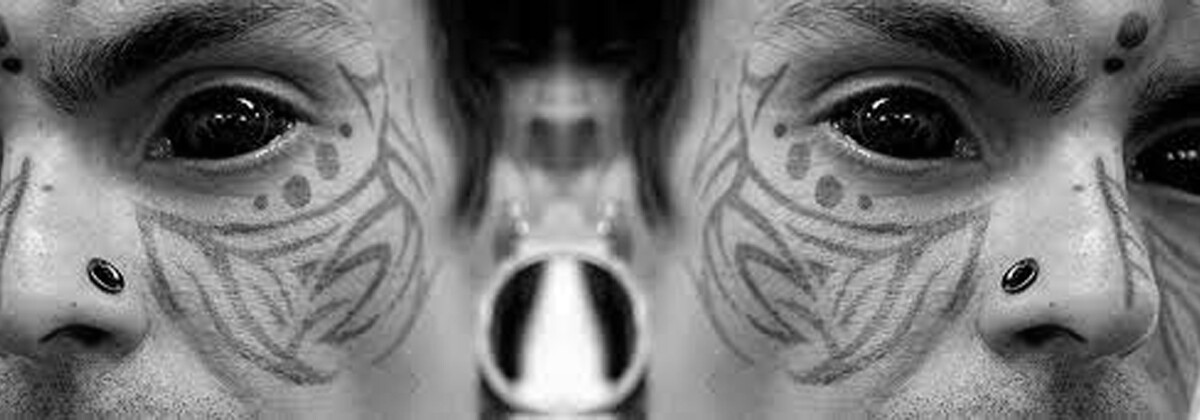Tattoo Facts: Eyeball Tattoo

Tattoos know no boundaries and the trends are becoming increasingly bizarre and sometimes even dangerous. One of these trends is the eyeball tattoo. We get to the bottom of the trend and take a look at the risks.
HOW IT WORKS
You've probably seen the eyeball tattoo trend on social media and wondered: "Is it real? And if so, how does it work?"
It is basically possible to tattoo or dye the white colour in the eye. Because you can't talk about tattooing here. Instead of using a needle, the colour is injected into the eye with a syringe. The whole thing is also placed uncontrolled between the conjunctiva and the sclera of the eye, which means that no motifs are possible, only colour.
In terms of pain, eyeball tattoos are described as significantly more painful than original tattoos on the skin. The tattoo in the eye cannot be removed, which is why this should be carefully considered in advance.
Even in the world of tattoos, eyeball tattoos are still very extravagant and rare. There are very few tattoo artists worldwide who offer this type of tattoo. It was invented in the USA by tattoo artist Luna Cobra in 2007.

HOW HIGH IS THE RISK?
The eyeball tattoo is considered an extremely risky procedure. This is because tattooing the eyeball entails many health risks. From minor risks such as eye irritation to serious risks such as blindness. The long-term risks are not yet known.
Known risks are current:
- Perforation of the eye, which can lead to blindness
- Retinal detachment with subsequent blindness of the affected person
- Infection inside the eye, which can also lead to blindness
- Autoimmune inflammatory reaction that affects both eyes and leads to loss of vision
- Risk of infection with blood-borne viruses
- Bleeding and potential infections at the injection sites
- Delayed and more difficult diagnosis of diseases such as jaundice, where the original colour of the sclera can no longer be seen
- Increased sensitivity to light
- Intolerance to the tattoo colour
- Damage to the surrounding tissue due to the migration of the ink
- Massive, agonising swelling of the eyeball
Of course, there are also risks that can occur with "normal" tattoos. However, none are as serious as those that can occur with an eyeball tattoo.
CONCLUSION
In principle, of course, anyone can do what they like with their body. But as a tattoo artist in particular, you should always advise your customers well and, above all, inform them about the risks.
Eyeball tattoos in particular are only done by a few tattooists in Germany. So if you have a customer who would like to have this tattoo done and you have never done it before, don't offer it to them!
The eyeball tattoo should also not be underestimated as a tattoo artist.

 German
German Dutch
Dutch